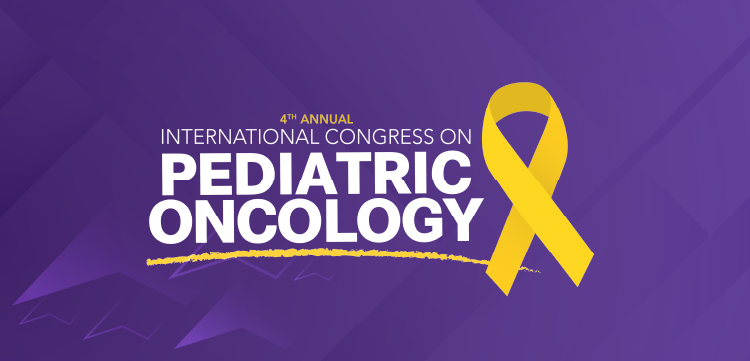
HIV Impacts Neurocognition in Resource-Limited Settings
Despite big advances in the field of HIV treatment, including streamlined drug regimens that help infected people achieve normal or near-normal lifespans, living with HIV often means dealing with neurocognitive impairment of some kind.
Despite big advances in the field of HIV treatment, including streamlined drug regimens that help infected individuals achieve normal or near-normal lifespans, living with HIV often means dealing with
From 2006 to 2010, a team led by investigators in the University of North Carolina’s department of neurology conducted a trial known as the AIDS Clinical Trials Group 5199 International Neurological Study (INS). This study separated 860 HIV-positive participants with CD4+ cell counts below 300 into 3 arms, each of which received a different antiretroviral (ART) treatment. The subjects, who came from 7 countries, were followed for a median of 168 weeks and assessed on a variety of neurocognitive measures. There was a demonstrable improvement in their symptoms once they began on ART, with no difference between the types of ART offered.
The study team, recognizing the dearth of normative data against which to compare the results of the INS, conducted a second trial. This second trial, the AIDS Clinical Trials Group 5271 International Neurocognitive Normative Study (INNS), which ran from 2011 to 2013, enrolled 2,400 HIV-negative subjects from a variety of countries, ages, and educational backgrounds. They were followed and assessed on the same neurocognitive measures as the subjects in the INS, with additional tests measuring verbal learning, color identification, facility with daily activities, and other factors present in dementia.
After applying the results of the INNS to provide context for the results of the INS in the form of z-scores, the team found that, at baseline, most (55%) of the INS subjects had normal neurocognition. Of the 45% who did not, slightly more than 55% were mildly impaired, slightly more than 37% were somewhat impaired, and 7.5% were severely impaired. After beginning ART, just 37% of the subjects showed neurocognitive impairment at week 24. By week 192, only 20% did. They also saw lower rates of moderate and severe impairment when on ART for sustained periods, with mild impairment rates falling just slightly.
The fact that those mildly impaired did not improve much after being put on ART means something other than ART might be responsible, according to the investigators. “[It] suggest[s] that other mechanisms could be driving this impairment, including legacy effects of past neuronal injury/cell death prior to ART, and/or ongoing inflammation despite viral suppression,” they write in their
Although introducing ART has been shown to have a beneficial effect on neurocognitive function in multiple studies, it isn’t a magic cure-all. Even after years on ART, it’s quite common for detectable levels of HIV to remain in cerebrospinal fluid. “Detectable HIV DNA in CSF in this cohort was also associated with neurocognitive impairment, suggesting a functional consequence to latent HIV,” the authors write. “There is strong evidence that presymptomatic neurocognitive impairment is a precursor to progression to symptomatic HIV Associated Neurocognitive Disorders.”
The study’s limitations include the possibility that the HIV-positive subjects who agreed to enroll and be followed over a long period were more likely to be compliant about taking their medication and thus healthier. Time lapses also could have affected outcomes: There was an 8-month gap between the end of the INS study and the beginning of the INNS study, and a full 5 years passed between the baseline assessments of the former and the latter.
Ms. Saloman is a health writer with more than 20 years of experience working for both consumer-and physician-focused publications. She is a graduate of Brandeis University and the Medill School of Journalism at Northwestern University. She lives in New Jersey with her family.
Newsletter
Stay ahead of emerging infectious disease threats with expert insights and breaking research. Subscribe now to get updates delivered straight to your inbox.













































































































































































































































































































